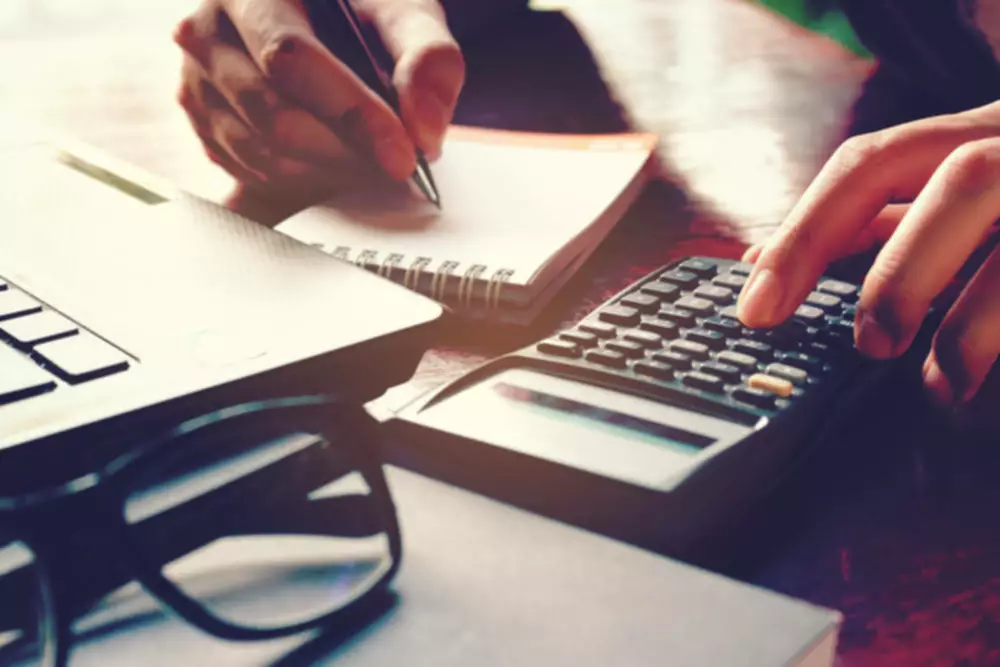Content

Customer prepayments is money received by a customer before the service has been provided or product delivered. The company has an obligation to provide that good or service or return the customer’s money. Wages payable is salaries, wages, and benefits to employees, often for the most recent pay period.

This means most companies use a one-year period in deciding which assets and liabilities are current. For instance, producers of certain beverages and products that require aging for several years have operating cycles longer than one year. A balance sheet lists current assets before noncurrent assets and current liabilities before noncurrent liabilities. This consistency in presentation allows users to quickly identify current assets that are most easily converted to cash and current liabilities that are shortly coming due. Items in current assets and current liabilities are listed in the order of how quickly they will be converted to, or paid in, cash. A classified balance sheet has no required layout, but it usually contains the categories in Exhibit 4.8.
Classified Balance Sheet Template
The Shareholders’ Equity Statement on the balance sheet details the change in the value of shareholder’s equity from the beginning to the end of an accounting period. When a firm publishes a classified balance sheet, it presents the valuation of its assets and how these current valuations have been calculated. Accounting is more science than math; there can be multiple ways of reporting an asset. Equity is what the owners get as profit classified balance sheet after the firm pays off its outstanding liabilities for the period being reported. In other words, equity is the difference between assets and liability. The classified balance sheet uses sub-categories or classifications to further break down asset, liability, and equity categories. All items of income and expense recognised in a period must be included in profit or loss unless a Standard or an Interpretation requires otherwise.
This article is the first in a series designed to assist you with making sense of your practice’s financial statements. This line item includes all of the company’s intangible fixed assets, which may or may not be identifiable. Identifiable intangible assets include patents, licenses, and secret formulas. Property, Plant, and Equipment (also known as PP&E) capture the company’s tangible fixed assets. Some companies will class out their PP&E by the different types of assets, such as Land, Building, and various types of Equipment.
History of IAS 1
The balance sheet is one of the three core financial statements that are used to evaluate a business. It is determined by subtracting the fair value of the company’s net identifiable assets from the total purchase price. Operating Cycle Of The BusinessThe operating cycle of a company, also known as the cash cycle, is an activity ratio that measures the average time required to convert the company’s inventories into cash. Define the categories – The company must determine which categories it wants to define. The most common categorizations are by liquidity for assets and by the due date for liabilities.
- Will this lease agreement affect the debt to equity ratio differently if the lease is recorded as an operating lease versus a capital lease?
- The current ratio helps a supplier determine whether it wants to extend credit to a customer.
- The portion classified as current would be the principal amount to be repaid within the next year .
- InvestmentsLong-term assets not used in operating activities such as notes receivable and investments in stocks and bonds..
- Total liabilities and owners’ equity are totaled at the bottom of the right side of the balance sheet.
One of the more important classifications is the separation between current and noncurrent items for both assets and liabilities. Current items are those expected to come due within one year or the company’s operating cycle, whichever is longer. The operating cycleNormal time between paying cash for merchandise or employee services and receiving cash from customers.









